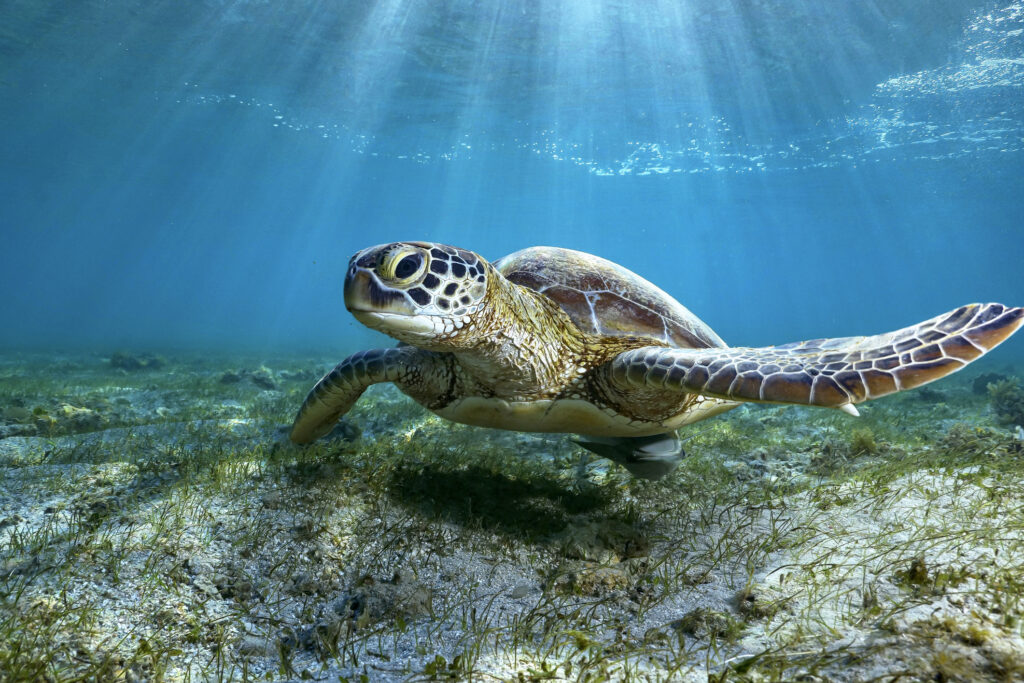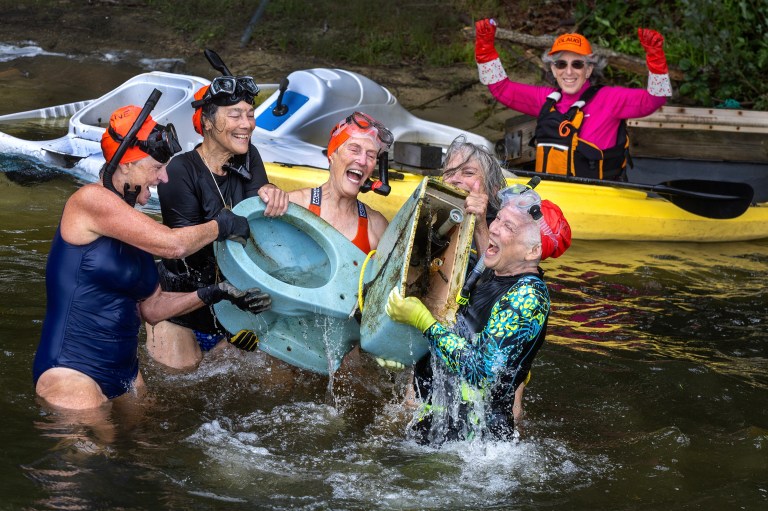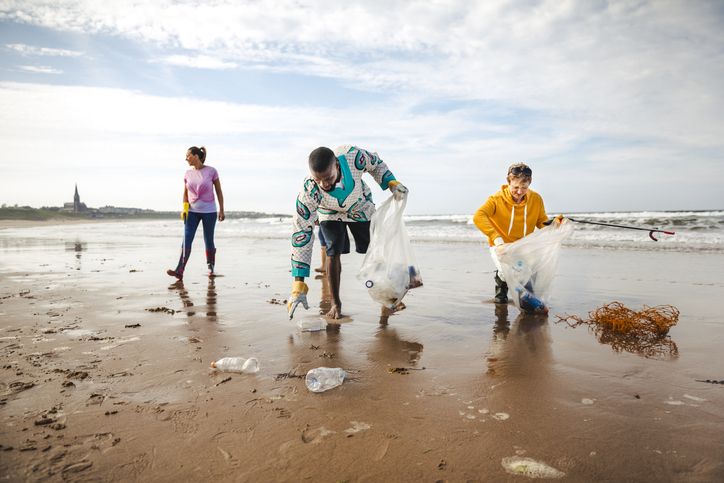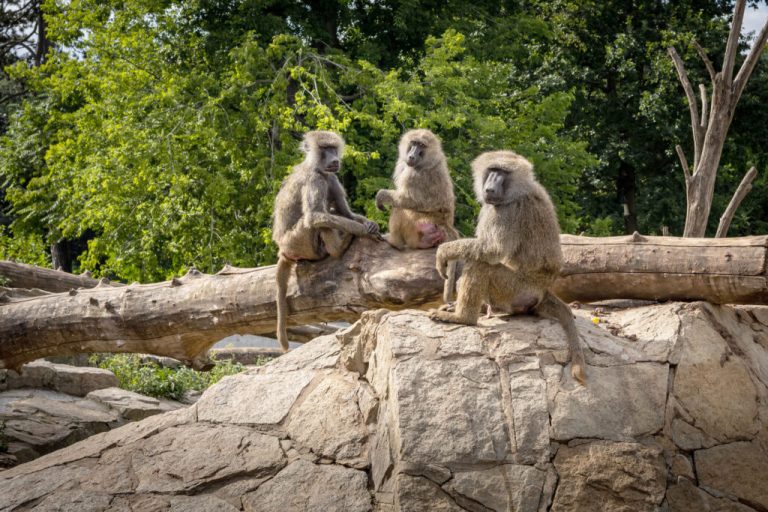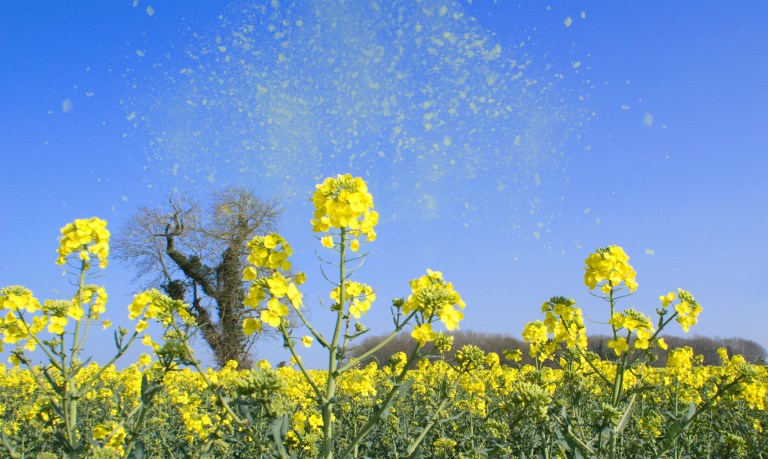While we land dwellers may think of the oceans as vast and ever changing, certain areas are permanent fixtures for some of its inhabitants. Case in point: green sea turtles and their seagrass meadows. Though the creatures have migratory mating and eating patterns, they certainly know where home is.
According to a recent study, green sea turtles have been grazing at the same North African seagrass meadows in the eastern Mediterranean Sea for around 3,000 years. To put that in perspective, the United States is under 300 years old, and most historians agree the Byzantine Empire lasted 1,123 years. The aquatic animals, on the other hand, have been returning to the same spot since long before the Great Wall of China was built or Europeans crossed the Atlantic to the Americas.
The findings shine a new light on green sea turtles and their long-term behavior. While scientists have been able to track how turtles and other sea creatures’ environments and life cycles have changed in the last 100 years or so, the more distant past is often shrouded in mystery.

Lead author Willemien de Kock, a historical ecologist at the University of Groningen in the Netherlands, made the discovery after first analyzing bone collagen collected from green sea turtle fossils to understand what the animals ate thousands of years ago, per a news release that jokingly described the species as “picky.”
De Kock compared that fossil information to tiny skin samples taken from living green sea turtles, as well as data from modern satellites that track the animals’ migration patterns, both provided by scientists at the University of Exeter in the U.K. The research team was then able to determine that the seagrass meadows along the coasts of Egypt and West Libya had been the feeding grounds for the species for around three millennia.
“The fact that sea turtles have been using the same habitats for thousands of years is incredible,” co-author Michelle Alexander from the University of York said in a statement.
The discovery is particularly relevant given that green sea turtles are on the Endangered Species List, with bycatch, loss of habitats, and climate change threatening their future. Additionally, their seagrass feeding grounds are vulnerable to pollution, coastal development, run-off, and other disturbances.

Unfortunately, according to de Kock, conservationists have been so focused on protecting turtles during their infancy that safeguarding their habitats has been somewhat overlooked. Baby green sea turtles spend the first few years of their lives as omnivores, floating somewhat aimlessly and eating what food they can find before making the journey to the seagrass meadows around age 5. At that point, seagrass becomes their primary diet. “We currently spend a lot of effort protecting the babies but not the place where they spend most of their time: the seagrass meadows,” the scientist emphasized.
However, organizations like Project Manaia, which engages local communities in helping replant seagrass in the Mediterranean Sea, aim to mitigate the threats to the meadows.
Annette Broderick, a professor from the University of Exeter’s Centre for Ecology and Conservation, said of the findings: “This study highlights the importance of this critical habitat for green turtles and the need to protect existing seagrass beds and monitor how they are being impacted by rising sea temperatures to ensure that green turtles continue to live in the Mediterranean for another 3,000 years!”
